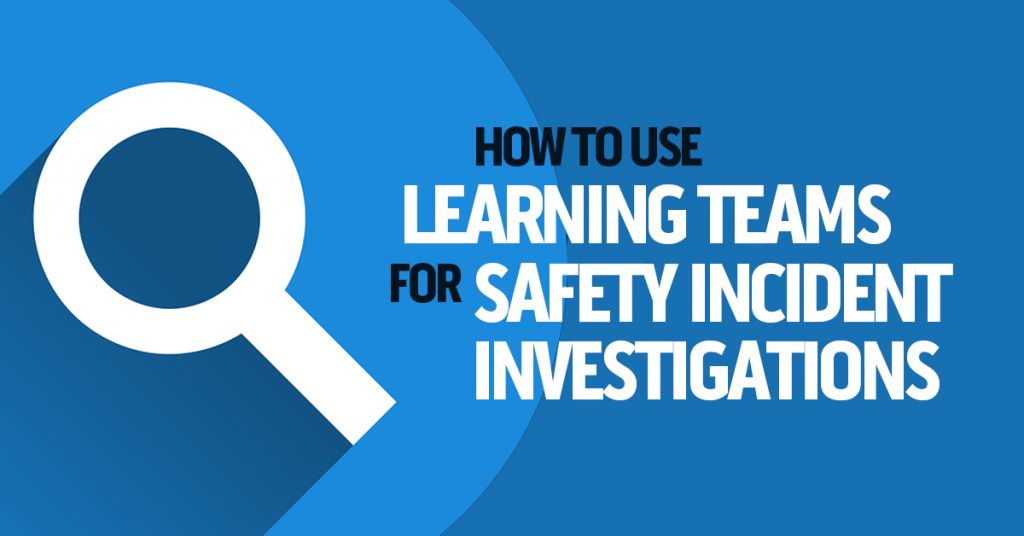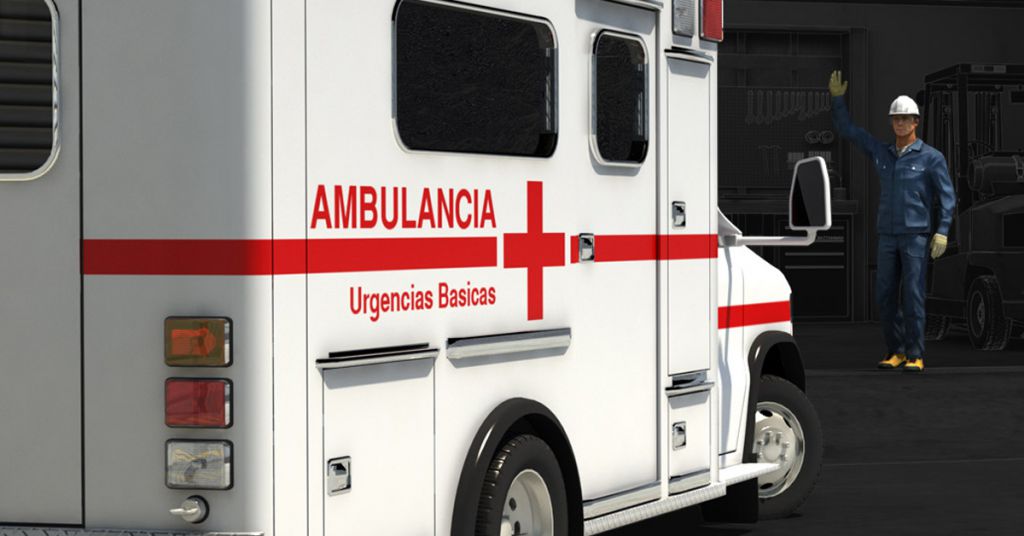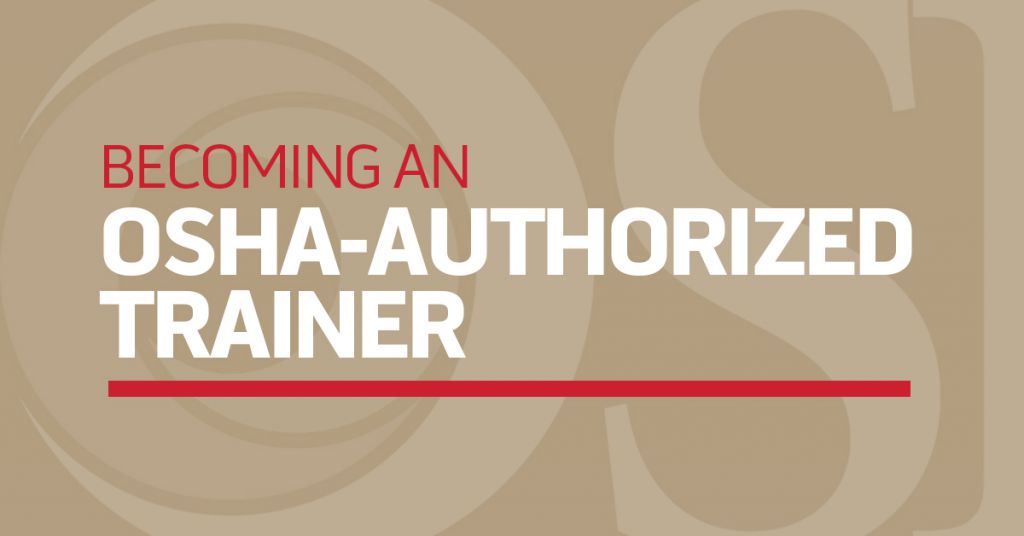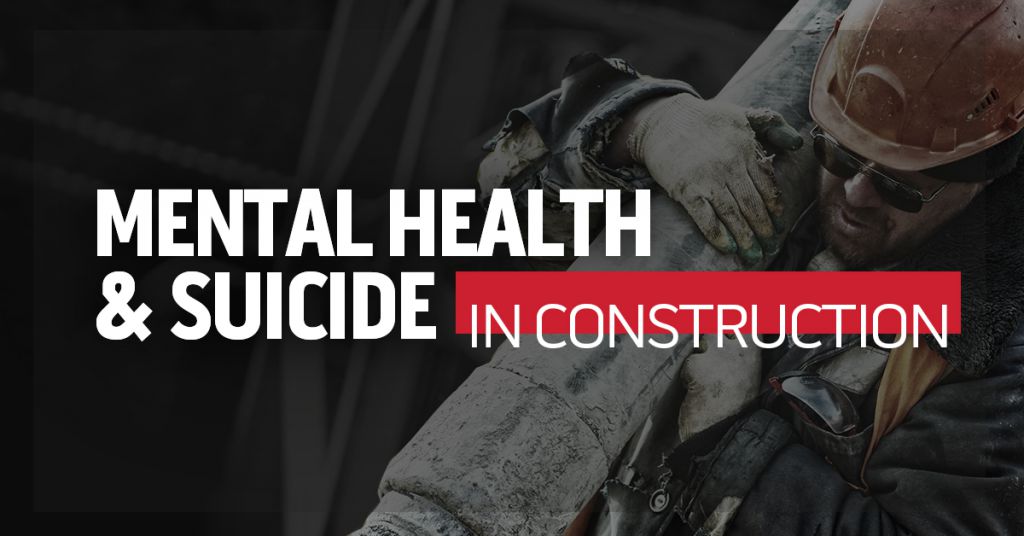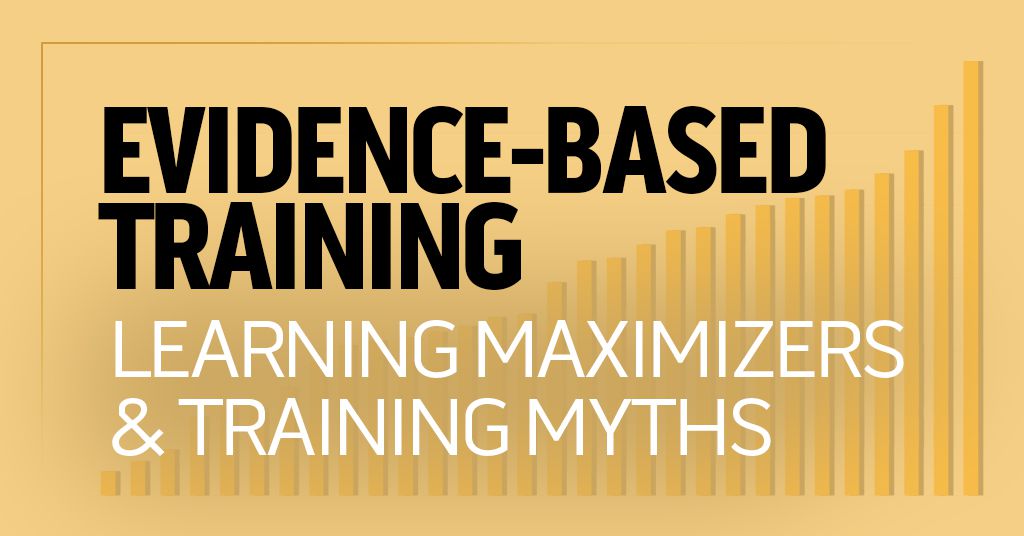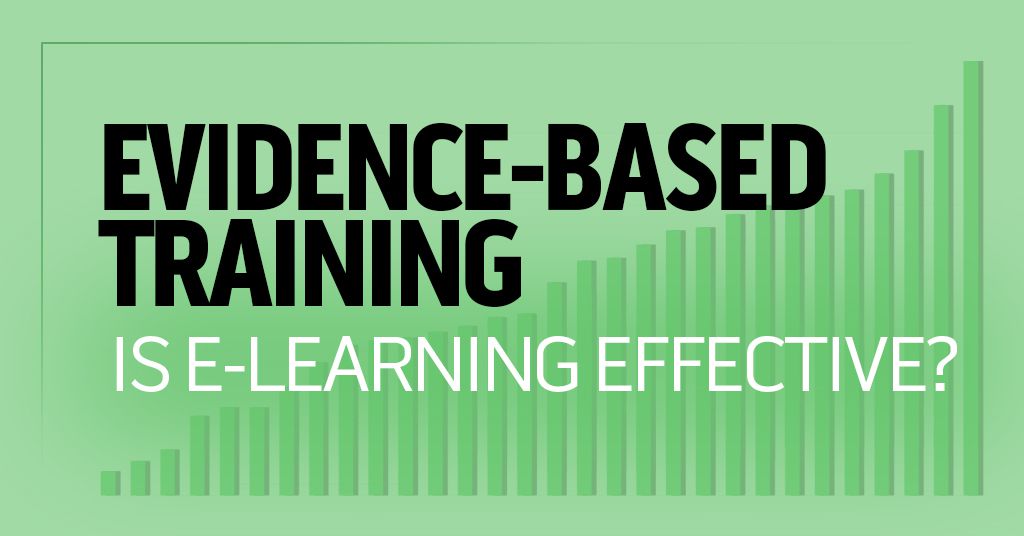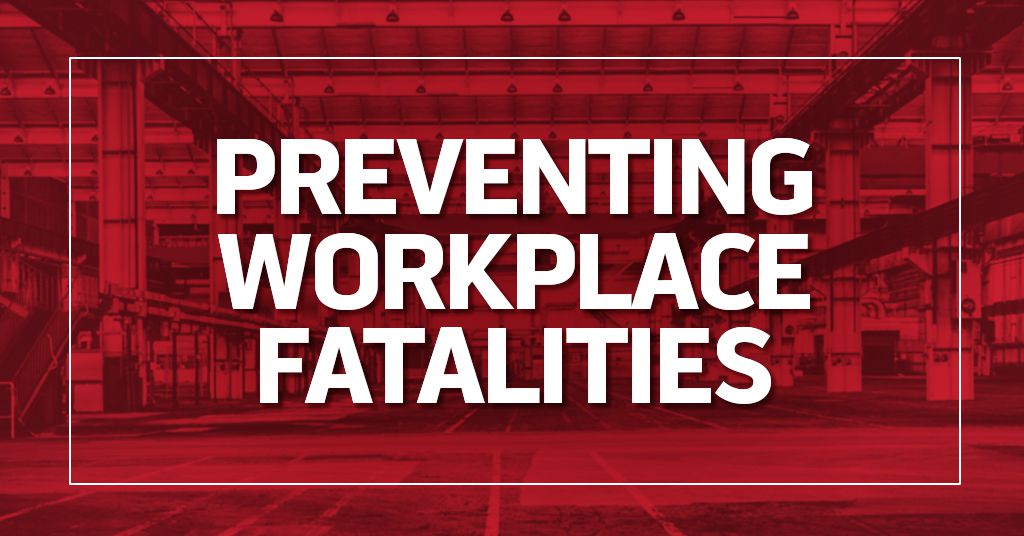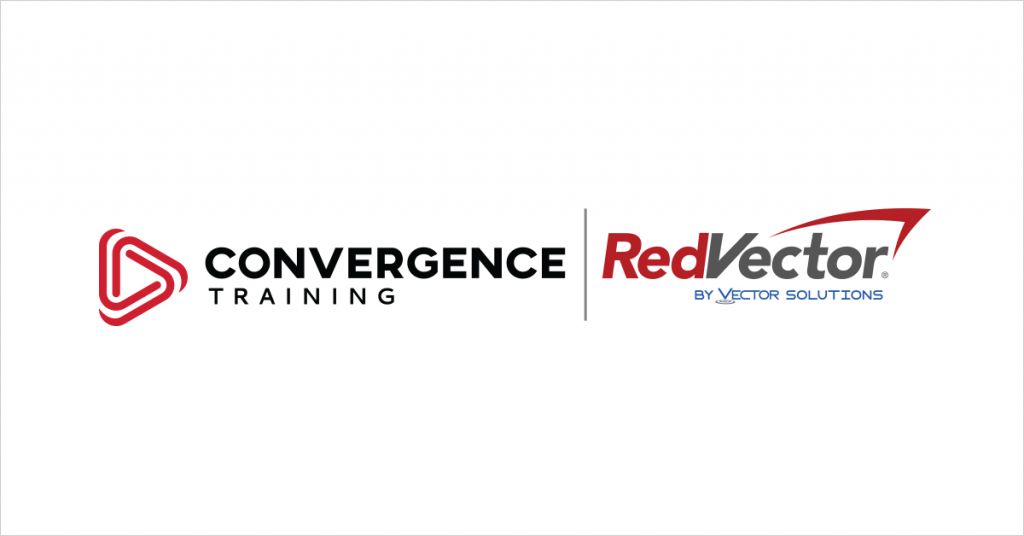
We’ve got some huge news!
Convergence Training has been acquired by Vector Solutions, a long-time online training innovator and leader in performance solutions for commercial, education, and public sector clients. We’re really excited about this new opportunity to grow and provide our customers more courses, more services, and even more value.
As the newest addition to the Vector Solutions family of brands, Convergence Training joins RedVector, TargetSolutions, and SafeSchools in their ongoing efforts to provide industry-focused online solutions for training, compliance, safety, and productivity.
Our combined vision positions Convergence Training as a strategic complement to the RedVector brand, strengthening the industrial and safety markets within its line of commercial training offerings. While Convergence Training has spent years developing a strong foundation in the industrial safety arena, alignment with RedVector extends the combined market scope to include IT and cyber security, facilities management, project management, architecture, engineering, and construction (AEC) clients.
The unified assets and skill sets of the Convergence Training and RedVector teams represent a competitive advantage otherwise unmatched in the industry. Clients will benefit from access to a range of new resources, including over 2,500 eLearning courses and knowledge assessments, courses accredited by more than 100 licensing bodies and professional associations, license and credential management tools, professional evaluation tools, and SDS management.
Don’t worry. While our organization grows and evolves, you’ll still get the same premium courses, feature-packed LMS options, and excellent customer service you’ve come to expect from Convergence Training. You’ll just get more of everything!
So stay tuned. We’ve got some great things in store!
In the meantime, check out the press release below for more details. And don’t hesitate to contact us with any questions.
Vector Solutions Acquires Convergence Training,
Strengthening its Commitment to Delivering Optimum Training Technology
eLearning and Performance Optimization Company Strengthens Industrial Market Share
TAMPA, FL. (April 24, 2018) — Vector Solutions, the leader in industry-focused eLearning and SaaS performance support solutions, announced today it has acquired Convergence Training, a leading provider of training content and software solutions for industrial operations, manufacturing, and mining, specializing in 3D and animation. The acquisition solidifies Vector’s position as an innovator in training technology, strengthening its focus on skills-based training, expanding its portfolio of industry-specific solutions, and broadening the types of modernized content it can deliver to clients.
“It’s our mission to create the most effective training to maximize learning and retention for optimized performance,” said Jeff Gordon, CEO of Vector Solutions. “And one of the best ways to engage learners is by leveraging cutting-edge educational technology like the 3D modeling used in Convergence courses. This type of media allows us to bring topics to life, convey complex information and processes, give rare looks inside machinery and other large items, and create scenarios that could otherwise risk safety. This is an important step as we work to modernize our entire course library and bring personalized instant intelligence to our clients.”
Convergence serves over 50 Fortune 500 companies and has more than 400 clients including Caterpillar, Honeywell, LafargeHolcim, Microsoft and International Paper. Their course library includes 750 courses, many offered in 14 languages, on a broad range of subjects including health and safety, paper and pulping, corrugated packaging, power and utilities, mining, and HR.
“Our two teams share a passion for innovation and driving results,” said Randy Kohltfarber, CEO of Convergence Training. “We could not be more excited to see what the synergy between us will bring to the future of training, both in the industrial space and other industries served by Vector. The reach and power behind their LMS, mobile technology and course library will better enable us to reach a wider audience with our 3D training while better serving our existing clients.”
The acquisition provides clients across Vector and Convergence with access to thousands of new courses in a variety of modern formats and includes content accredited by hundreds of licensing bodies and professional associations. Clients will also benefit from increased platform features and modules for optimized performance. Convergence Training products and solutions will be offered under Vector’s Commercial business unit, partnered with the RedVector brand.
Vector Solutions is focused on creating mobile, intelligent solutions that deliver real-time training to help optimize employee performance. The addition of 3D modeling comes as the company launches its first Virtual Reality training course for firefighters and also rolls out its first Augmented Reality prototype.
For additional information, please visit the Vector Solutions website and Newsroom
About Vector Solutions
Vector Solutions, a leader in eLearning and performance support, provides award-winning SaaS solutions for the architecture, engineering, construction (AEC), industrial, facilities management, public safety, IT and education industries. Its brands, RedVector, TargetSolutions, and SafeSchools, deliver continuing education (CE), training, technology and performance management solutions using the latest innovations in learning and technology to create safer, more capable, more compliant organizations. Its extensive online and mobile learning library exceeds more than 7,000 courses written by over 250 subject matter experts and reaches almost 6 million professionals worldwide. The company was founded in 1999 and is headquartered in Tampa, Florida. For more information, visit www.vectorsolutions.com. Follow us on twitter @VectorPerform and on Facebook at: www.facebook.com/VectorPerformance.
